Delving into the history of Ancient China is like unlocking a treasure trove of wisdom and mystery. In this blog post, we’ll take a journey back in time to explore the rich culture, traditions, and innovations of this fascinating civilization. Let’s embark on this historical adventure together.
Early Civilizations in China
Early civilizations in China, including the Xia, Shang, and Zhou dynasties, laid the foundation for Chinese culture and history. These civilizations introduced advancements in agriculture, art, and governance. The establishment of complex social structures and writing systems marked this period. Each dynasty left a unique imprint on Chinese society, influencing future generations.
The early civilizations in China were characterized by advanced agricultural practices, intricate writing systems, and sophisticated bronze casting techniques. The ancient Chinese dynasties laid the foundation for a rich cultural heritage that still influences modern Chinese society. The innovations and achievements of these early civilizations continue to be studied and admired for their lasting impact on Chinese history and culture.
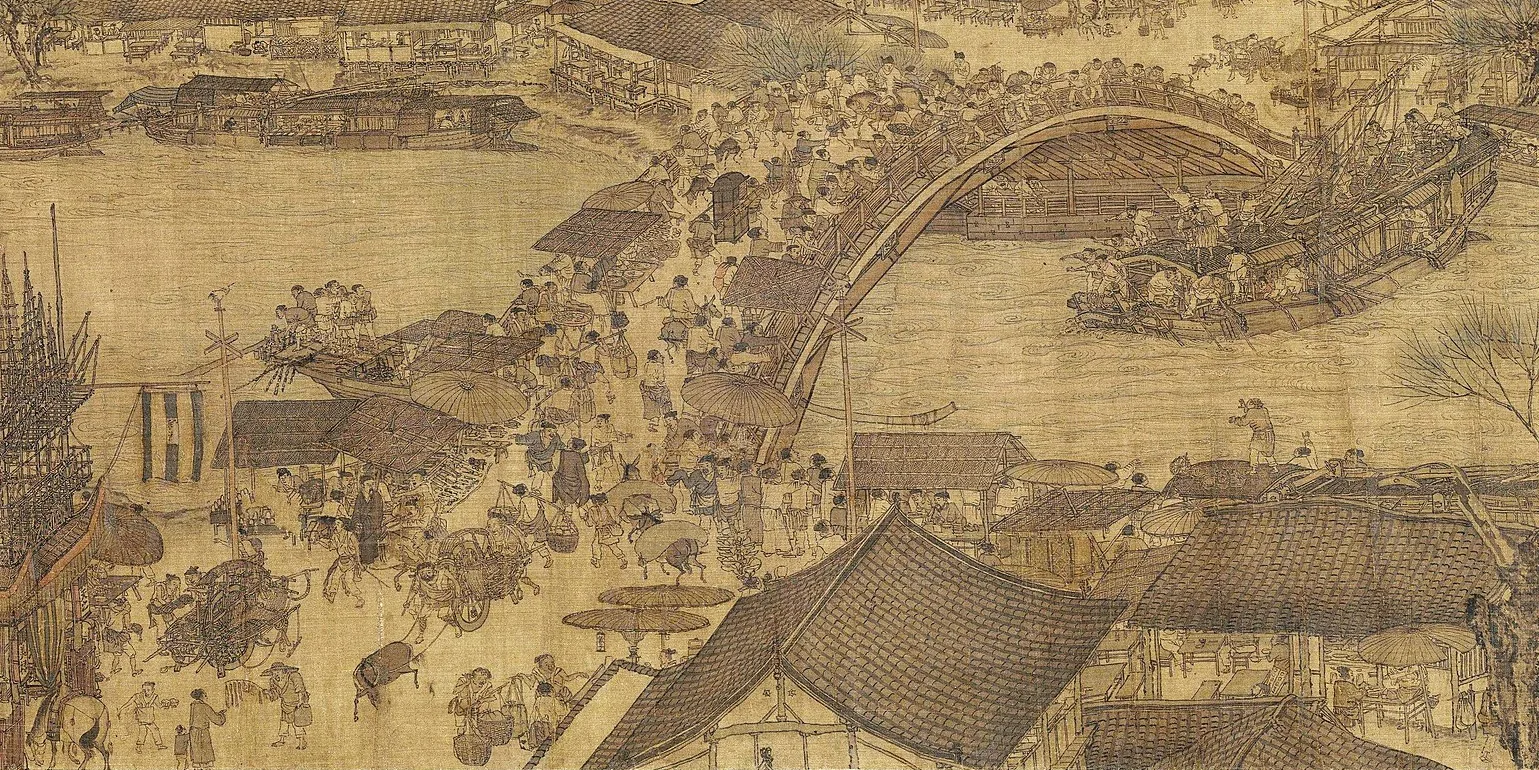
The early Chinese civilizations also made significant advancements in areas such as architecture, art, and philosophy. They developed intricate architectural styles, such as the design of traditional Chinese courtyard houses, which reflected their emphasis on harmony with nature. Chinese art during this period included stunning examples of pottery, jade carvings, and silk textiles, showcasing their craftsmanship and creativity. Additionally, the philosophical teachings of notable figures like Confucius and Laozi laid the groundwork for ethical and moral values that continue to shape Chinese society today.
Geographical Significance
Location and Natural Borders
Ancient China was defined by its natural borders, such as the Himalayas to the southwest and the Gobi Desert to the north. These geographic features provided protection from invasions and helped shape the civilization’s development. The natural boundaries also influenced trade routes and interactions with neighboring regions. The natural borders of Ancient China not only served as a defense mechanism but also played a significant role in shaping the cultural and economic exchanges with neighboring regions.
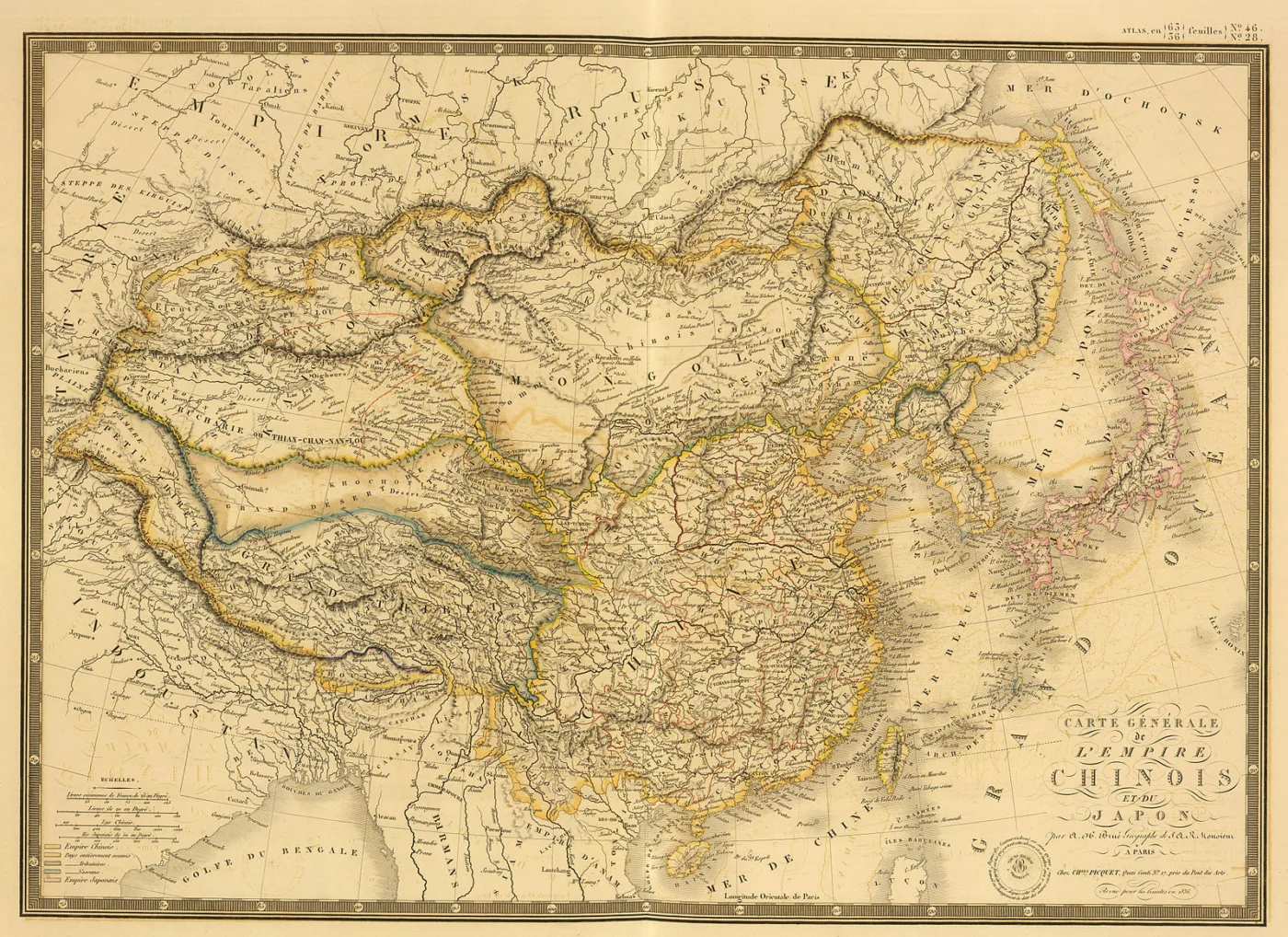
The Silk Road, for example, facilitated trade and cultural exchanges between China and Central Asia, the Middle East, and Europe, showcasing the impact of geography on the interconnectedness of civilizations during that time. The physical barriers of the Himalayas and Gobi Desert also influenced the spread of ideas, technologies, and philosophies between China and its neighboring regions. These natural borders not only protected Ancient China from invasions but also acted as gateways for cultural diffusion, contributing to the rich tapestry of influences that shaped the civilization’s development.
Major Rivers: Yellow River and Yangtze River
Ancient China was heavily influenced by the Yellow River and Yangtze River. The Yellow River, known as “China’s Sorrow,” brought fertile soil for agriculture but also devastating floods. The Yangtze River, on the other hand, provided vital transportation routes and access to resources. These rivers were crucial to the development and prosperity of ancient Chinese civilizations. The Yellow River and Yangtze River not only played a significant role in agriculture and transportation but also influenced cultural and economic aspects of ancient China.


The rivers served as centers for trade, communication, and the exchange of ideas, contributing to the growth of cities and the spread of Chinese civilization. Additionally, the belief in the spiritual significance of these rivers led to the development of religious practices and rituals that honored their importance in the lives of the ancient Chinese people. The importance of the Yellow River and Yangtze River extended beyond their practical benefits, shaping the identity and worldview of ancient Chinese society. These rivers were often depicted in art, literature, and poetry as symbols of power, resilience, and the cyclical nature of life. They became integral parts of Chinese mythology and folklore, inspiring stories and legends that further reinforced the cultural significance of these lifelines.
Ancient Chinas Major Dynasties
Shang Dynasty (c. 1600-1046 BCE)
The Shang Dynasty, lasting from around 1600 to 1046 BCE, was a crucial period in ancient Chinese history. Known for its advancements in bronze metallurgy, the Shang Dynasty also saw the development of a writing system using oracle bones. This era marked a significant step towards the formation of a centralized state in China, with strong leadership and elaborate rituals playing a vital role in shaping the society of the time. The Shang Dynasty was characterized by its complex social structure, with a ruling elite at the top, followed by artisans, farmers, and slaves. The elite class wielded significant power and influence, overseeing religious ceremonies and controlling the production and distribution of goods. The dynasty’s capital city of Anyang emerged as a center of political, economic, and cultural activity, showcasing the dynasty’s prosperity and sophistication. The legacy of the Shang Dynasty continues to influence Chinese culture and history to this day.

Zhou Dynasty (1046-256 BCE)
The Zhou Dynasty (1046-256 BCE) was a significant period in ancient China. It marked the transition from the Shang Dynasty and brought about advancements in agriculture, technology, and governance. With a feudal system in place, the Zhou Dynasty saw the rise of regional powers and the establishment of a centralized government. This period also laid the foundation for Chinese philosophies such as Confucianism and Daoism, which continue to influence Chinese culture and society to this day. The Zhou Dynasty also saw the development of sophisticated bronze casting techniques, which led to the creation of intricate ritual vessels and weaponry. This era was characterized by significant cultural and artistic achievements, as evidenced by the elaborate bronze artifacts and oracle bone inscriptions that have been unearthed by archaeologists. The Zhou Dynasty’s influence on Chinese history and culture was profound, shaping the political and philosophical landscape of ancient China for centuries to come.
Like this article? Leave a comment or emoji reaction at the end of this article!
Qin Dynasty (221-206 BCE)
The Qin Dynasty, lasting from 221 to 206 BCE, was a transformative period in Chinese history. Known for its centralized government and standardization efforts, the dynasty implemented a series of reforms that shaped the future of China. The introduction of a uniform system of writing, currency, and measurements helped to unify the vast territories under Qin rule. Additionally, the construction of the Great Wall and the Terracotta Army are enduring symbols of the dynasty’s power and ambition. Despite the significant achievements of the Qin Dynasty, its reign was marked by authoritarian rule, harsh legal codes, and widespread oppression of the population. The implementation of strict laws and punishments, along with heavy taxation and forced labor, led to widespread discontent among the people. Ultimately, these factors contributed to the downfall of the dynasty and the rise of the Han Dynasty, which adopted a more moderate and inclusive approach to governance.
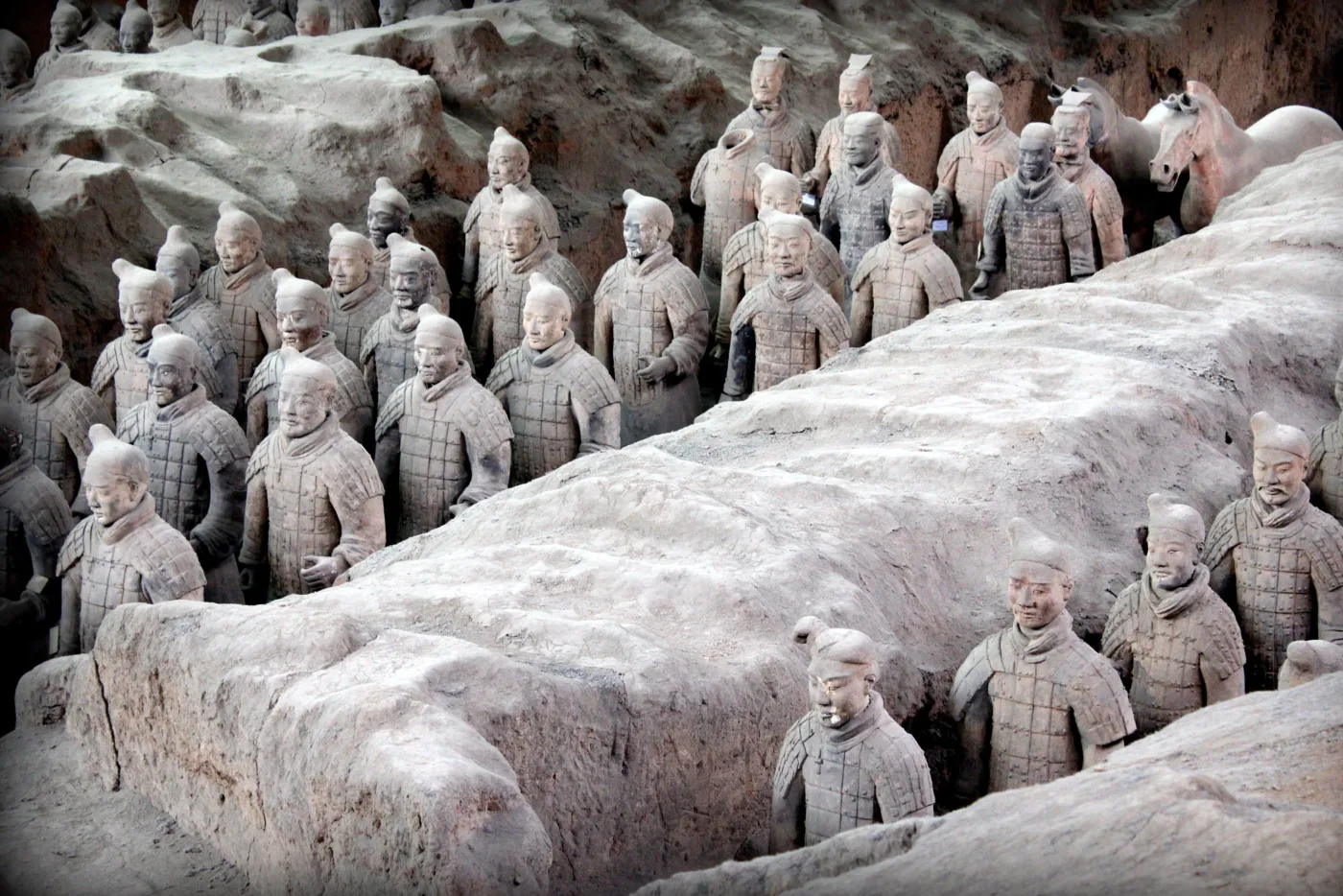
Han Dynasty (206 BCE – 220 CE)
The Han Dynasty, spanning from 206 BCE to 220 CE, was a crucial period in Chinese history. It saw remarkable advancements in various fields like art, science, and technology. The dynasty’s administrative system, known as the “civil service exam,” was a groundbreaking method of selecting government officials based on merit rather than noble birth. This period also saw the development of the Silk Road, which facilitated trade and cultural exchange between China and the West. The Han Dynasty’s reign also witnessed significant cultural achievements, with notable progress in literature, poetry, and philosophy. Confucianism became the dominant philosophy during this era, shaping many aspects of Chinese society. The era also saw the compilation of important historical texts, such as the Records of the Grand Historian by Sima Qian, which provided valuable insights into China’s past.
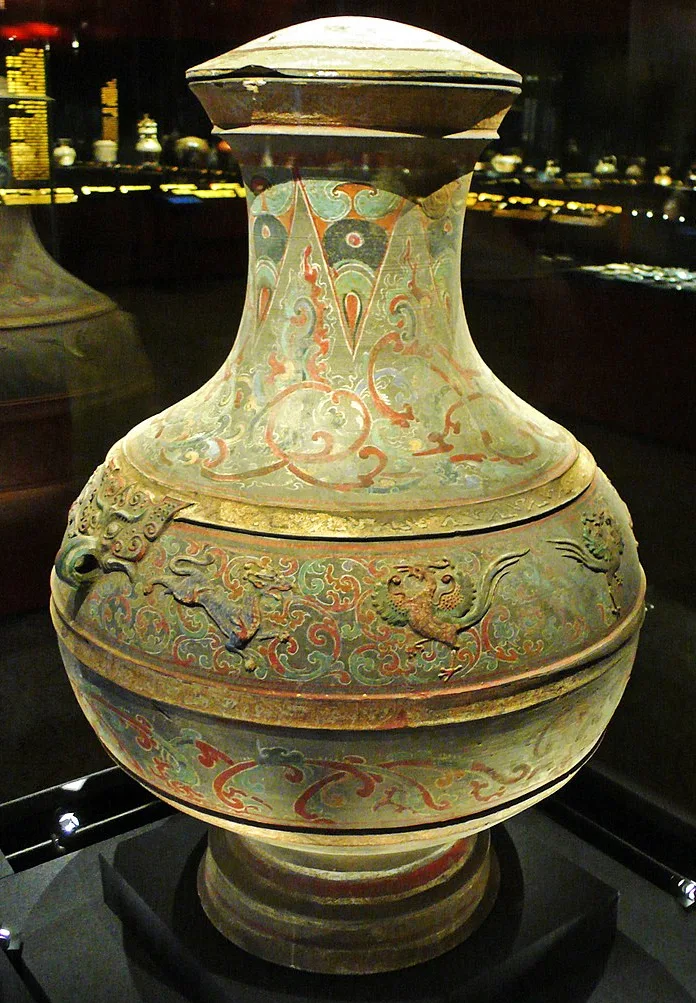
Tang Dynasty (618-907 CE)
During the Tang Dynasty (618-907 CE), China experienced a flourishing period in terms of art, culture, and technology. The era saw significant advancements in poetry, painting, calligraphy, and music. The empire’s prosperity also led to developments in science, agriculture, and trade, making it a golden age of innovation and progress. Art and literature flourished during the Tang Dynasty, with renowned poets such as Li Bai and Du Fu creating timeless works that are still celebrated today. The era also witnessed the emergence of new art forms like landscape painting and the development of innovative printing techniques. Additionally, technological advancements such as the invention of gunpowder and the introduction of the first paper money further contributed to the dynasty’s reputation as a period of great achievement and cultural richness.
Song Dynasty (960-1279 CE)
The Song Dynasty, lasting from 960 to 1279 CE, was a period of great cultural, economic, and technological advancements in China. It was known for its flourishing arts, literature, and innovations in agriculture and commerce. The era also saw the development of movable type printing, which revolutionized the dissemination of knowledge and information. The Song Dynasty is often considered a golden age in Chinese history, marked by significant achievements in various fields. During the Song Dynasty, China experienced significant urbanization and economic growth, particularly in major cities like Kaifeng and Hangzhou. The era was characterized by a vibrant market economy, with thriving trade along the Grand Canal and the Silk Road. The government’s emphasis on innovation and education led to advancements in science, technology, and scholarship, making the Song Dynasty a period of remarkable progress and prosperity.
Ming Dynasty (1368-1644 CE)
The Ming Dynasty, ruling China from 1368 to 1644 CE, marked a period of artistic and cultural flourishing. This era saw the construction of iconic landmarks like the Forbidden City and the Ming Tombs, showcasing intricate architecture and design. The dynasty also fostered advancements in fields such as porcelain, painting, and literature, leaving a lasting legacy on Chinese art and culture. Furthermore, the Ming Dynasty was known for its maritime expeditions, with Admiral Zheng He leading voyages that reached as far as Africa and the Middle East. These expeditions not only expanded China’s influence and trade networks but also facilitated cultural exchanges that enriched Chinese society. The Ming Dynasty’s emphasis on exploration and trade contributed to the exchange of ideas, technologies, and goods, further influencing global history and shaping international relations.
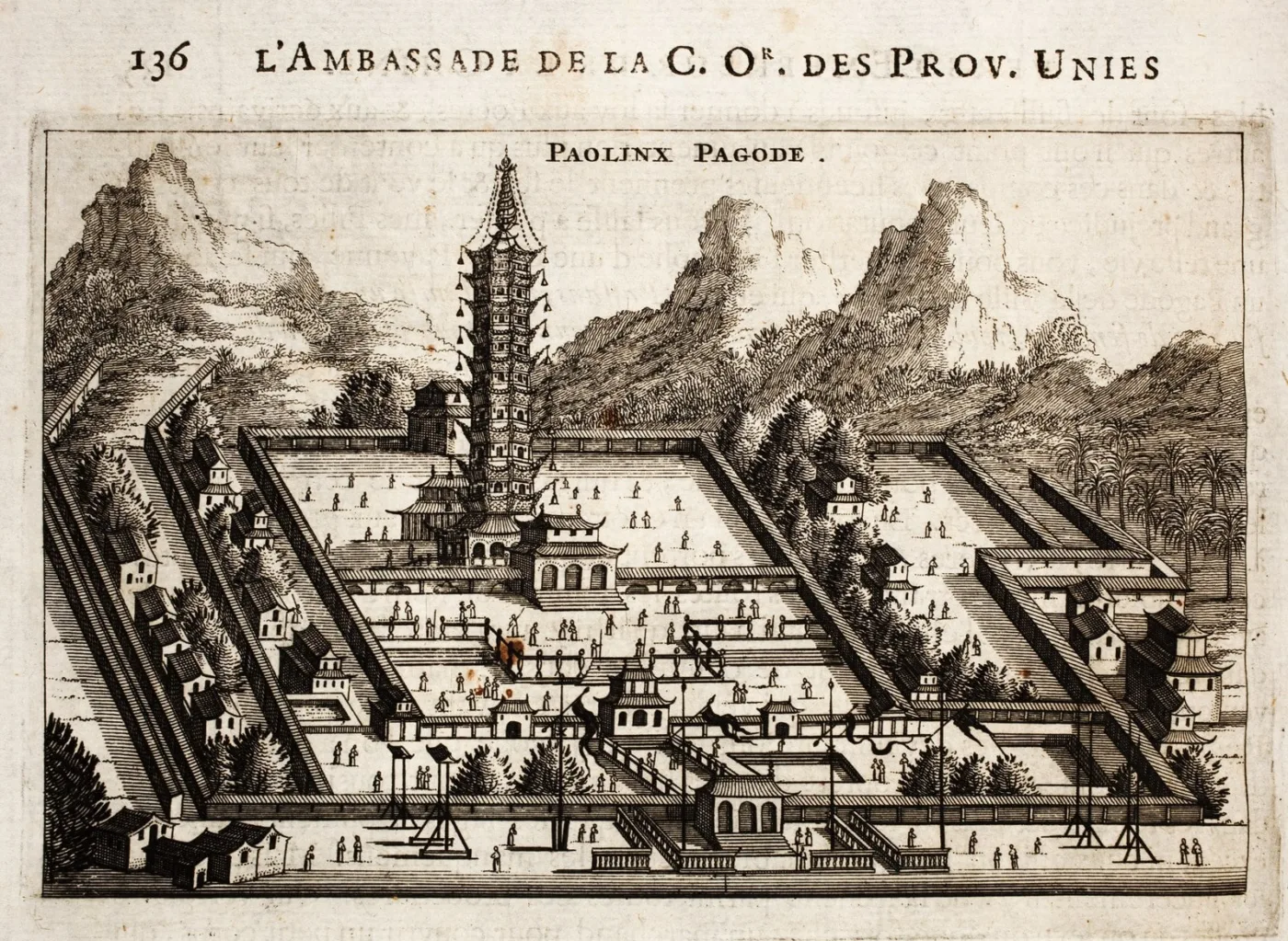
Qing Dynasty (1644-1912 CE)
The Qing Dynasty, spanning from 1644 to 1912 CE, was the last imperial dynasty in China. It was established by the Manchus, who ruled over a vast empire encompassing diverse ethnic groups. Under the Qing rule, China experienced a period of relative stability and prosperity. The dynasty is known for its expansion of territory, cultural achievements, and the introduction of policies like the “Queue Order” for men’s hairstyles. However, the later years of the Qing Dynasty saw internal unrest, foreign invasions, and ultimately led to its downfall with the establishment of the Republic of China in 1912. During the later years of the Qing Dynasty, China faced numerous challenges both internally and externally.
The Taiping Rebellion, Boxer Rebellion, and Opium Wars were significant events that weakened the Qing government and highlighted its inability to address the changing needs of the Chinese society. Foreign powers, such as Britain, France, Russia, and Japan, exerted increasing influence over China through unequal treaties and territorial concessions, further undermining the authority of the Qing rulers. These factors, combined with widespread corruption and economic decline, contributed to the eventual collapse of the Qing Dynasty and the establishment of the Republic of China.
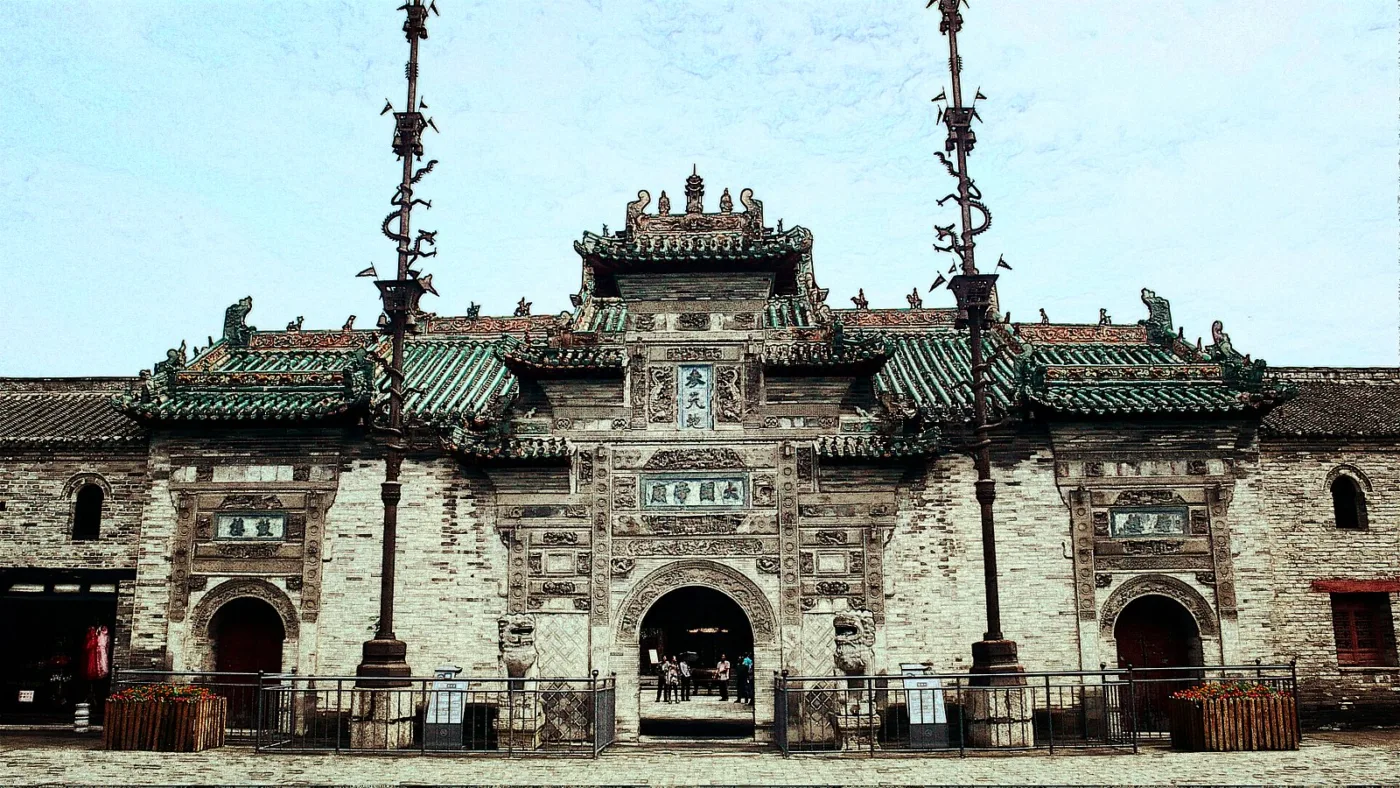
The Legacy of Ancient China
Chinas Contributions to Science, Technology, and Philosophy
Ancient China made significant contributions to science, technology, and philosophy. Their advancements in astronomy, such as the invention of the seismoscope, showcased their scientific prowess. The invention of papermaking revolutionized communication and preserved knowledge. Additionally, the philosophies of Confucianism and Taoism continue to influence ethical and spiritual beliefs worldwide. These contributions from ancient China have had a lasting impact on the world. Furthermore, ancient China’s technological innovations extended beyond astronomy and papermaking.
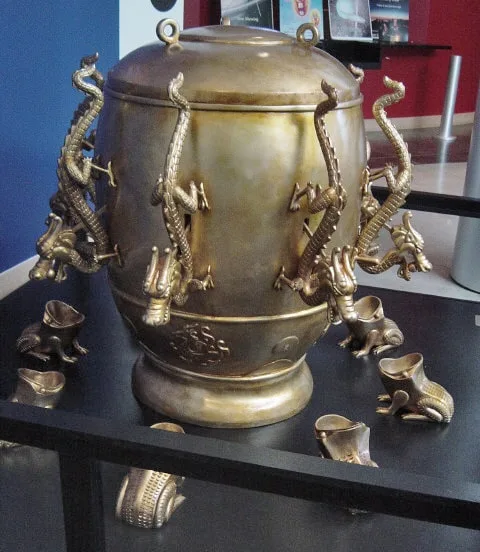
Their inventions, such as the compass and gunpowder, not only revolutionized navigation and warfare but also had far-reaching implications for global trade and military strategies. The impact of these inventions on various aspects of human civilization, including trade routes, warfare tactics, and scientific advancements, demonstrates the profound influence that ancient China had on shaping the course of history. Moreover, ancient China’s agricultural innovations, such as the invention of the iron plow and the use of water management systems like irrigation canals, significantly boosted agricultural productivity and facilitated economic growth.
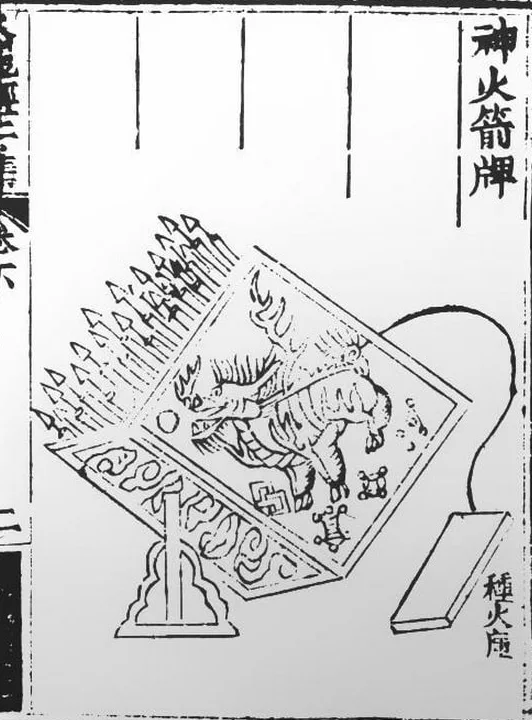
These advancements not only ensured food security for the population but also enabled surplus production for trade, contributing to the development of a prosperous and sustainable economy. The sophisticated agricultural techniques developed in ancient China laid the foundation for future agricultural practices and had a profound impact on the global agricultural landscape.
Influence on East Asian Culture
Ancient China’s influence on East Asian culture is profound. From language to art, philosophy to architecture, the impact is far-reaching. Chinese characters and calligraphy are still used in Japan and Korea. Confucianism and Taoism, two major Chinese philosophies, also shaped the beliefs and values of neighboring countries. The grandeur of ancient Chinese architecture can be seen in the design of temples and palaces throughout East Asia.
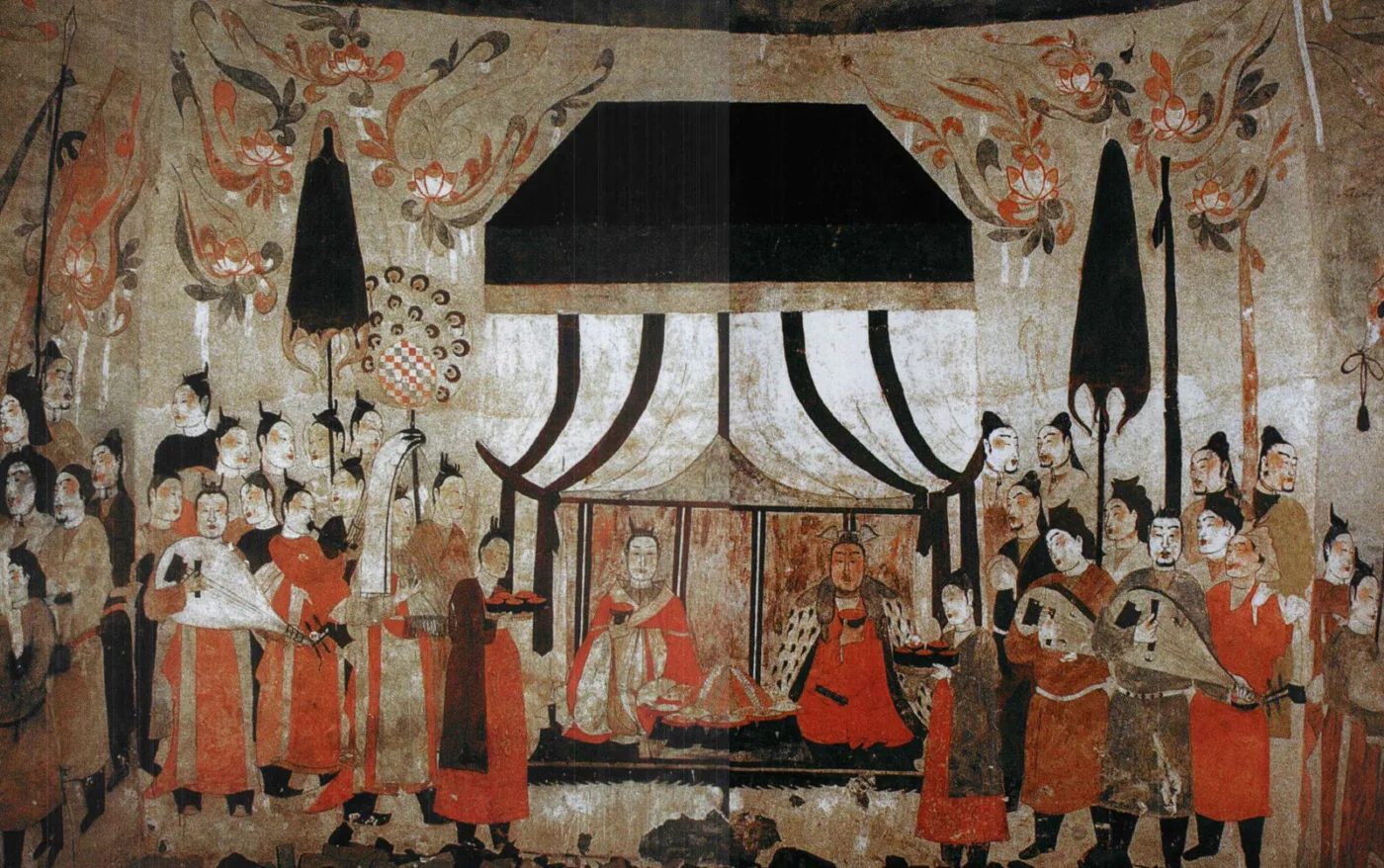
The influence of Ancient China on East Asian culture can also be observed in traditional practices such as tea ceremonies, martial arts, and traditional medicine. The emphasis on harmony, balance, and respect for nature that are inherent in Chinese traditions have permeated throughout East Asia, shaping the way of life and cultural expressions of the people in the region. Additionally, the impact of Chinese literature, music, and culinary traditions can be seen in the diverse cultural heritage of countries like Japan, Korea, and Vietnam, further highlighting the enduring legacy of Ancient China in shaping the rich tapestry of East Asian culture.
Traditions and Practices
Ancient China’s enduring traditions and practices are deeply rooted in respect for ancestors and the significance of family ties. Ancestor worship played a crucial role in Chinese society, with rituals and ceremonies honoring deceased family members. Filial piety, the respect and devotion shown to parents and elders, was a cornerstone of Chinese culture. These traditions continue to influence modern Chinese society, emphasizing the importance of family unity and the preservation of cultural heritage.

In addition to the emphasis on family ties, traditional Chinese practices such as Confucian values, Chinese medicine, and martial arts have also left a lasting impact on modern Chinese society. Confucian principles of respect, loyalty, and harmony continue to shape interpersonal relationships and societal norms. Chinese medicine, with its focus on holistic health and balance, remains a popular alternative to modern medical practices. Furthermore, martial arts, with their emphasis on discipline, self-improvement, and physical fitness, are still widely practiced and revered in China and around the world. These enduring traditions serve as a link between ancient Chinese culture and the vibrant modern society of China today.
The deep-rooted traditions of ancient China are also reflected in the country’s rich artistic heritage, which includes classical Chinese music, calligraphy, and traditional Chinese painting. These art forms have been passed down through generations, embodying the values and aesthetics of Chinese culture. Classical Chinese music, with its emphasis on harmony and balance, continues to be appreciated for its soothing and spiritual qualities. Calligraphy, considered a visual art form and a means of self-expression, remains a revered practice in China. Traditional Chinese painting, known for its meticulous brushwork and use of symbolism, serves as a visual representation of Chinese cultural beliefs and traditions.
Key Figures in Ancient China
Confucius
Confucius, an ancient Chinese philosopher, emphasized the importance of ethics and morality in one’s daily life. His teachings focused on virtues like filial piety, loyalty, and respect for elders. Confucius believed in the power of education and self-improvement to create a harmonious society. Confucius also emphasized the importance of social order and the role of individuals in maintaining harmony within their communities. He believed that by cultivating personal virtues and adhering to ethical principles, individuals could contribute to the greater good of society. Through his teachings, Confucius sought to instill values of compassion, empathy, and social responsibility in his followers, promoting a sense of unity and mutual respect among people.
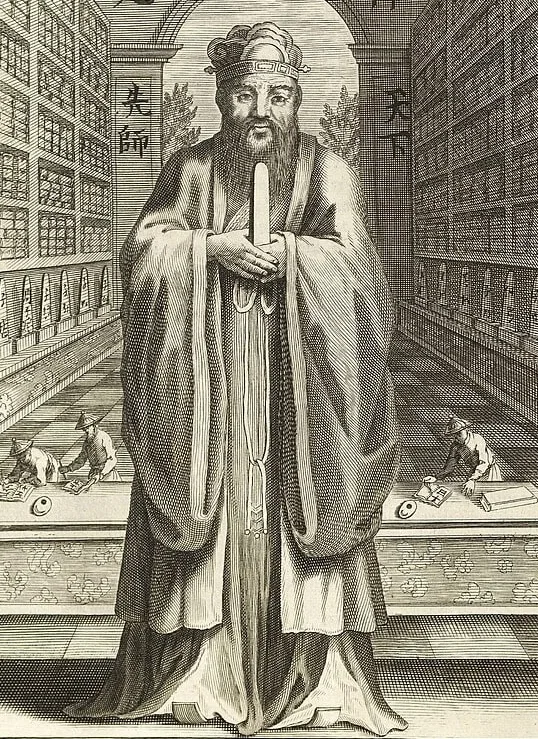
Emperor Qin Shi Huang
Known for unifying China and building the Great Wall, Emperor Qin Shi Huang was a pivotal figure in Chinese history. His legacy is a mix of impressive achievements and controversial decisions. Emperor Qin Shi Huang’s reign marked a significant period of political centralization and infrastructure development in China. His unification of the country under a single central authority laid the foundation for the subsequent dynasties. However, his authoritarian rule and harsh policies, such as the burning of books and persecution of scholars, have also sparked debates about his legacy. Despite the controversies surrounding his rule, Emperor Qin Shi Huang’s impact on Chinese history remains undeniable.

Empress Dowager Cixi
Empress Dowager Cixi was a powerful and influential figure in Chinese history. She ruled behind the scenes for decades, shaping the course of the Qing Dynasty. Despite facing challenges and opposition, she managed to maintain her position and implement significant reforms. Her legacy is complex, with both praise and criticism surrounding her rule. Empress Dowager Cixi’s reign was marked by modernization efforts and cultural changes, such as the construction of the Summer Palace and support for the arts. However, her strict control over the court and resistance to reforms also led to political instability and contributed to the decline of the Qing Dynasty. Cixi’s ability to navigate the political landscape and her lasting impact on Chinese history continue to be subjects of scholarly debate and fascination.
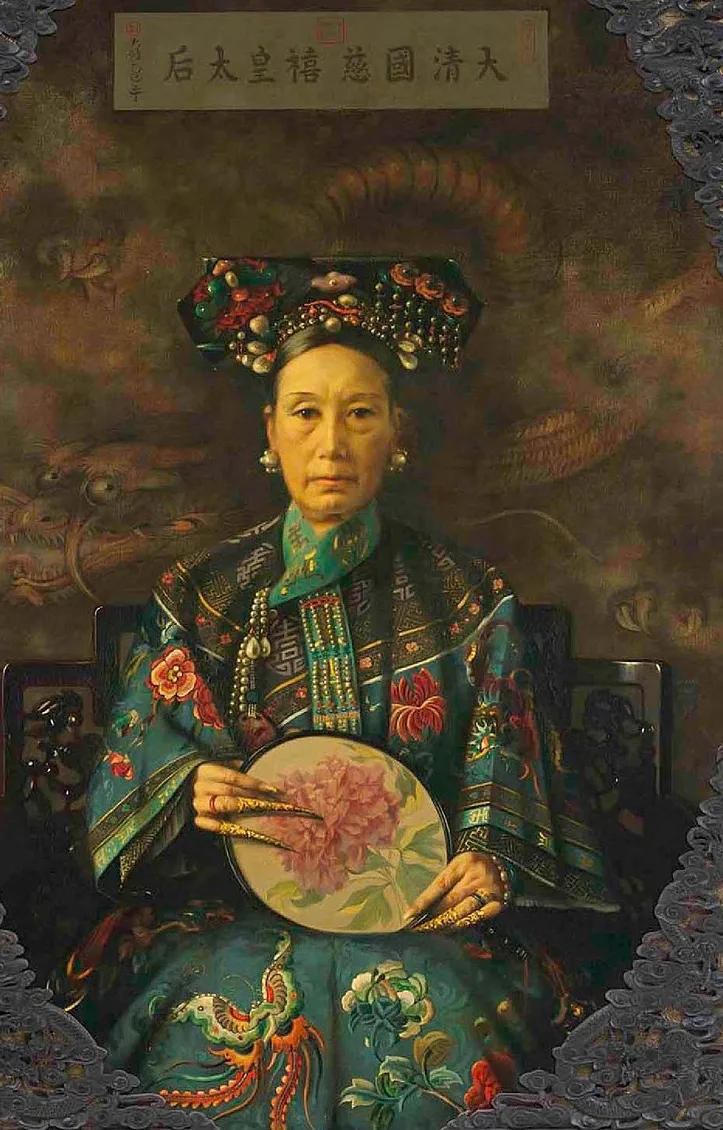
Emperor Taizong of Tang
Emperor Taizong of Tang was a pivotal figure in Chinese history. Known for his military prowess and strategic acumen, he expanded the Tang Dynasty’s territory and influence significantly. His reign saw economic prosperity, social stability, and cultural flourishing. Emperor Taizong’s policies laid the foundation for the dynasty’s golden age, characterized by efficient governance and advancements in various fields.
Emperor Taizong’s diplomatic skills were also noteworthy, as he maintained peaceful relations with neighboring countries while asserting Tang’s power and prestige on the international stage. His reign was marked by a balance of military strength, administrative reforms, and cultural achievements, leaving a lasting legacy that shaped China’s history for centuries to come.
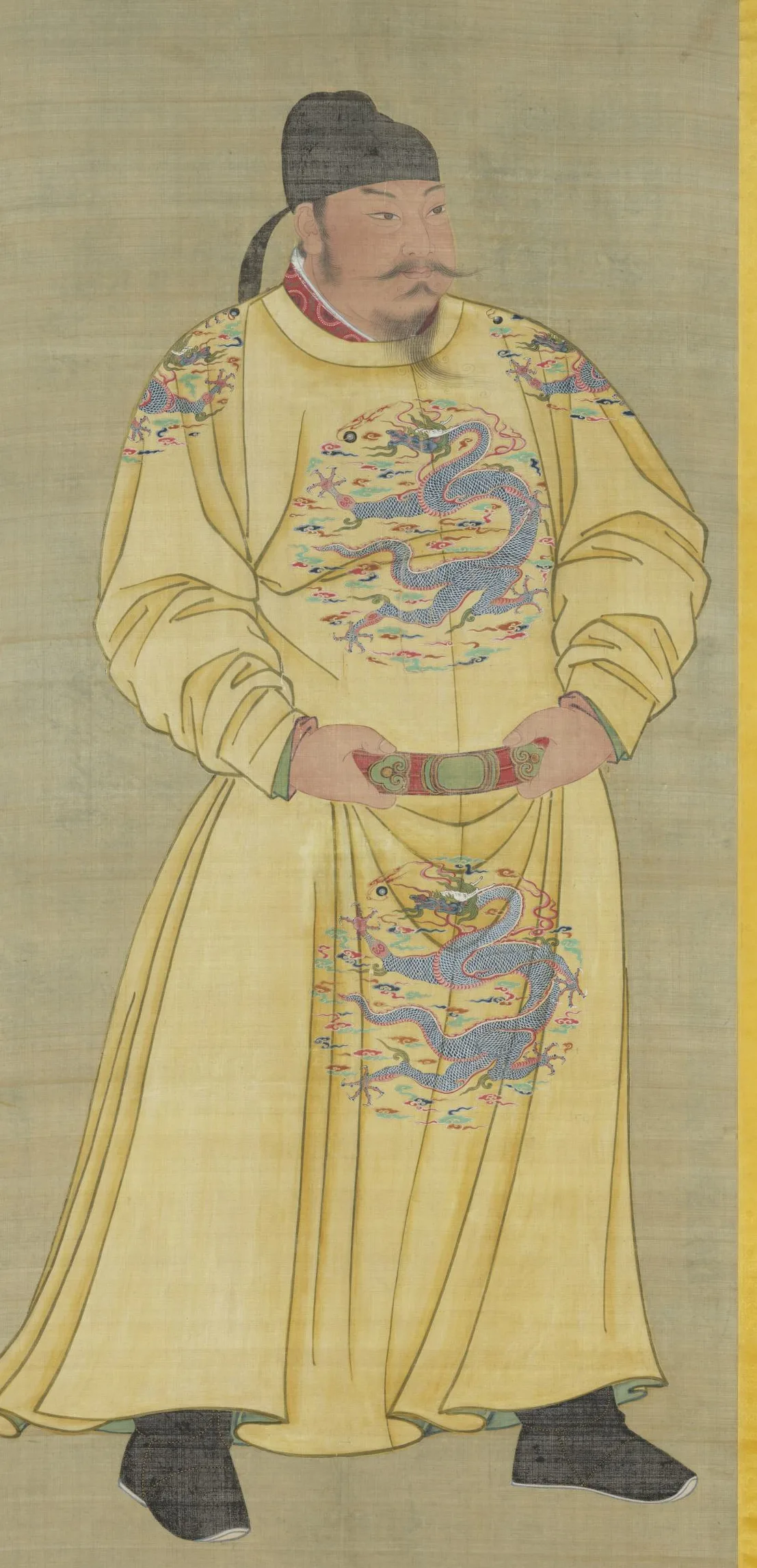
Ancient Chinas Influence
Ancient China stands as a monumental civilization whose legacies continue to shape the world today. From its remarkable achievements in art, literature, and philosophy to its advancements in technology, governance, and trade, Ancient China’s contributions resonate through the corridors of time. Its rich tapestry of culture, including the invention of paper, the Great Wall, and Confucian ideals, has left an indelible mark on human history. Through periods of both splendor and strife, Ancient China’s resilience and innovation paved the way for countless future generations to flourish. As we reflect on its enduring influence, we are reminded of the profound impact that this ancient civilization has had on shaping the global landscape, serving as a beacon of inspiration for the ages to come.
More of → Ancient Civilizations ←
FAQ
1. What were the main achievements of Ancient China?
Ancient China achieved remarkable advancements in various fields like art, literature, and technology. Notable achievements include the invention of paper, the construction of the Great Wall, and the development of Confucianism. These accomplishments helped shape the civilization and influence the world’s culture and history.
2. How did Ancient China contribute to world history?
Ancient China made significant contributions to world history through its inventions, philosophies, and trade. Inventions like paper and gunpowder revolutionized communication and warfare, while philosophies like Confucianism and Daoism influenced moral and spiritual beliefs globally. Additionally, China’s Silk Road facilitated trade and cultural exchange between East and West, leaving a lasting impact on the world.
3. What were the major dynasties of Ancient China?
Ancient China was ruled by several influential dynasties, including the Qin, Han, Tang, and Ming dynasties. Each dynasty brought its own cultural, political, and economic advancements, shaping the course of Chinese history. The Qin Dynasty, for example, unified China under a centralized government, while the Tang Dynasty saw a golden age of art and literature.
4. What were the key features of Ancient Chinese culture?
Ancient Chinese culture was characterized by its rich traditions, artistry, and philosophical beliefs. Key features included reverence for ancestors, respect for authority, and the importance of harmony with nature. Art forms such as calligraphy, pottery, and silk weaving flourished, reflecting the cultural sophistication of the time.
5. How did Ancient China influence modern society?
Ancient China’s influence on modern society is profound and far-reaching. Its inventions, such as the compass and printing press, laid the foundation for technological advancements that continue to shape our world today. Additionally, Chinese philosophies like Confucianism and Daoism have left a lasting impact on moral and ethical values worldwide. The legacy of Ancient China lives on in various aspects of modern culture, from cuisine and medicine to language and martial arts.
-
Loved this article, learned a lot!

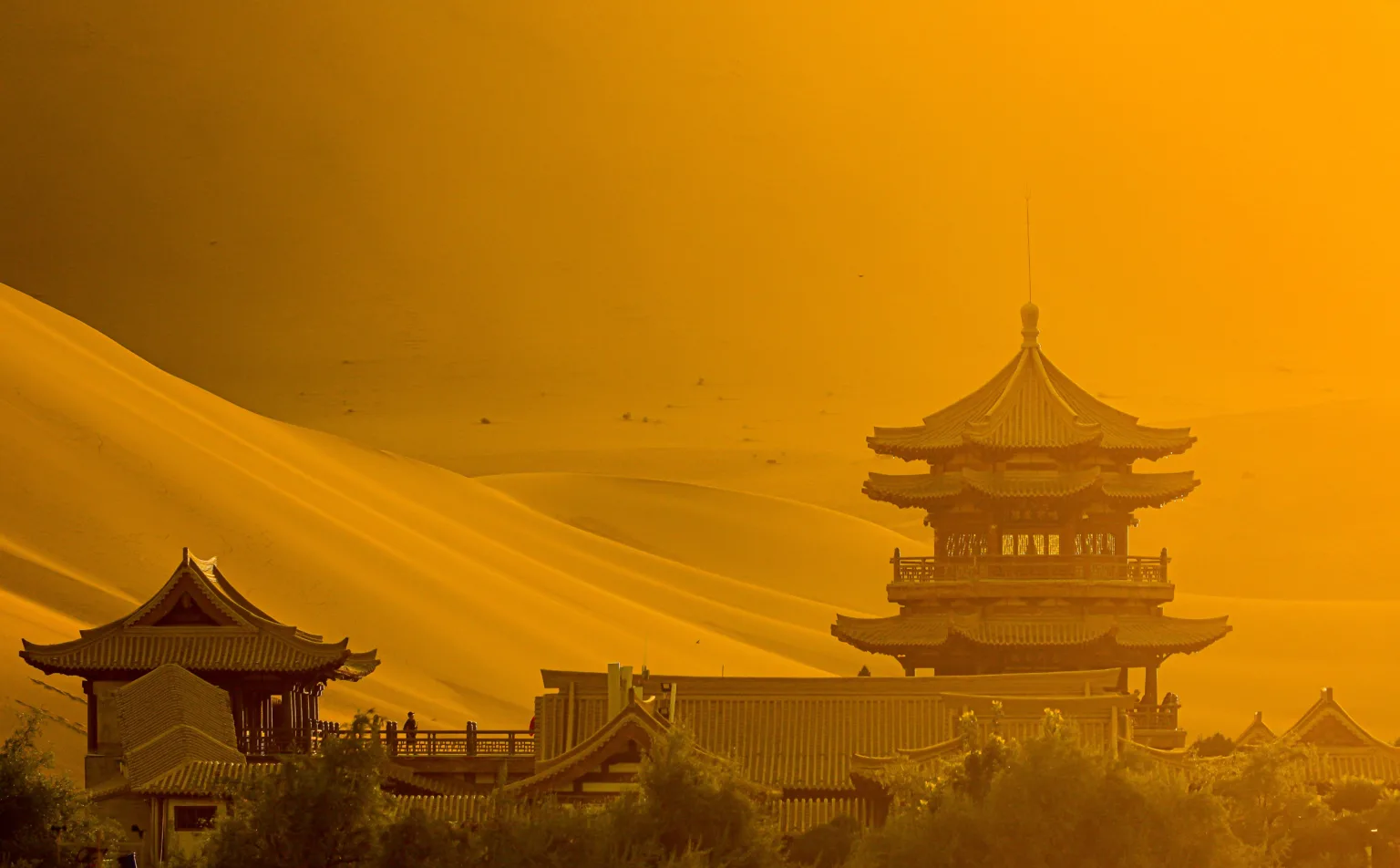

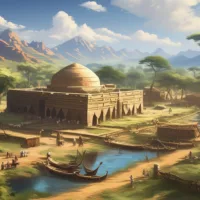

Leave a Reply